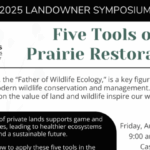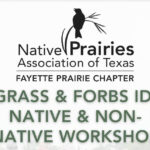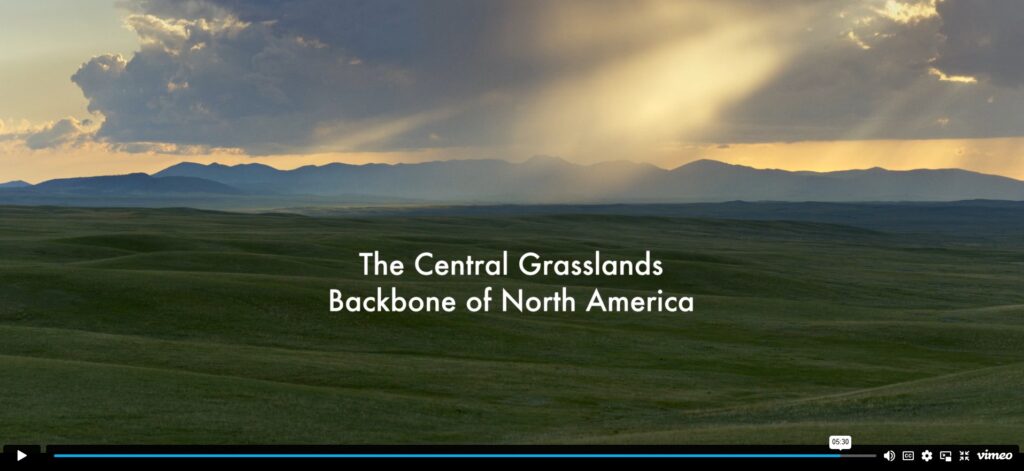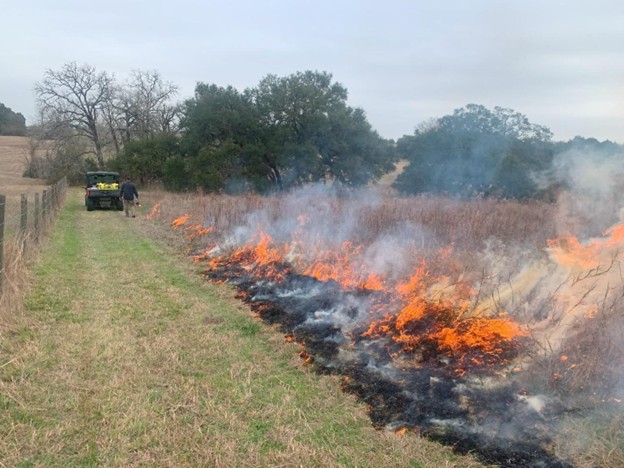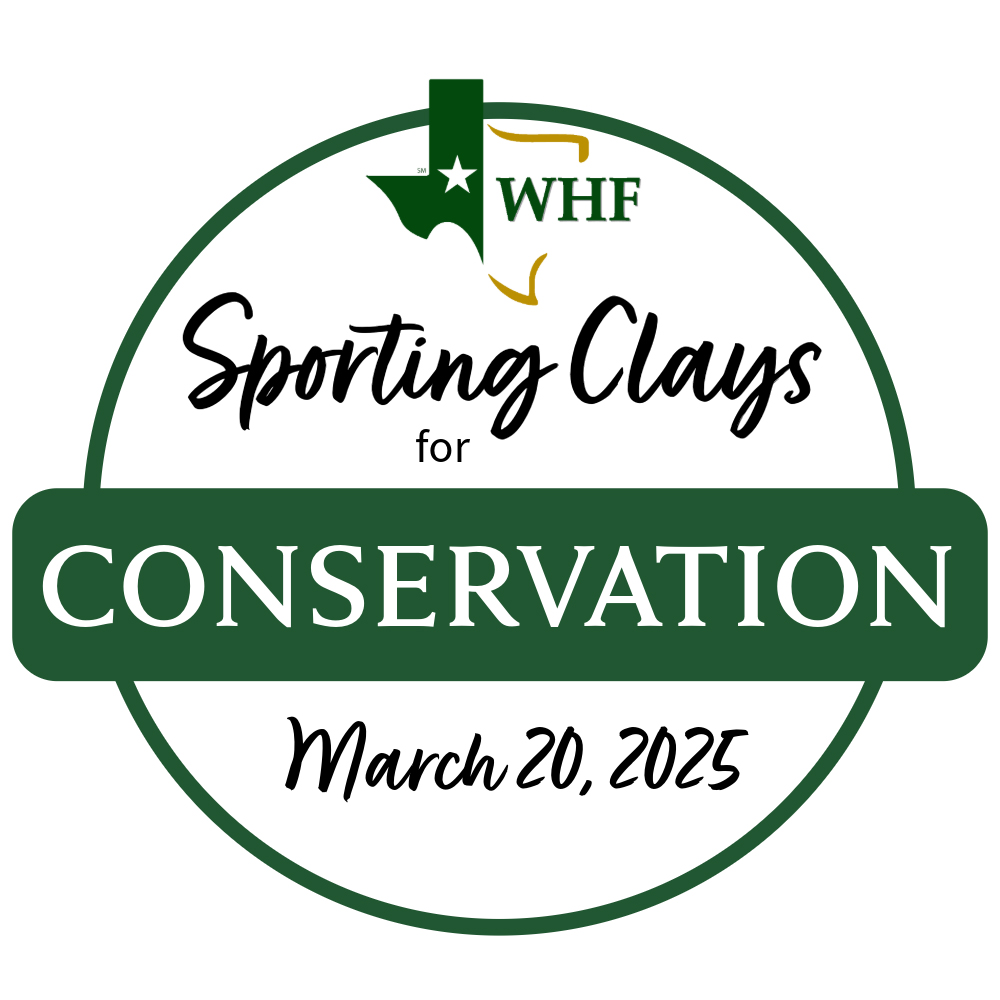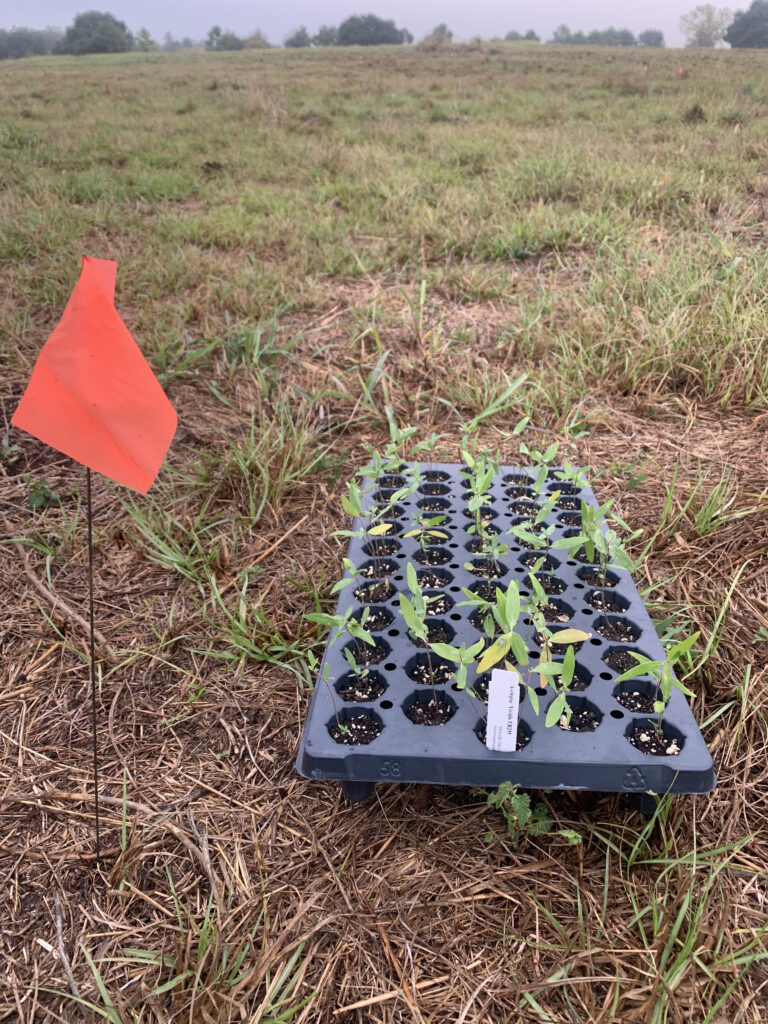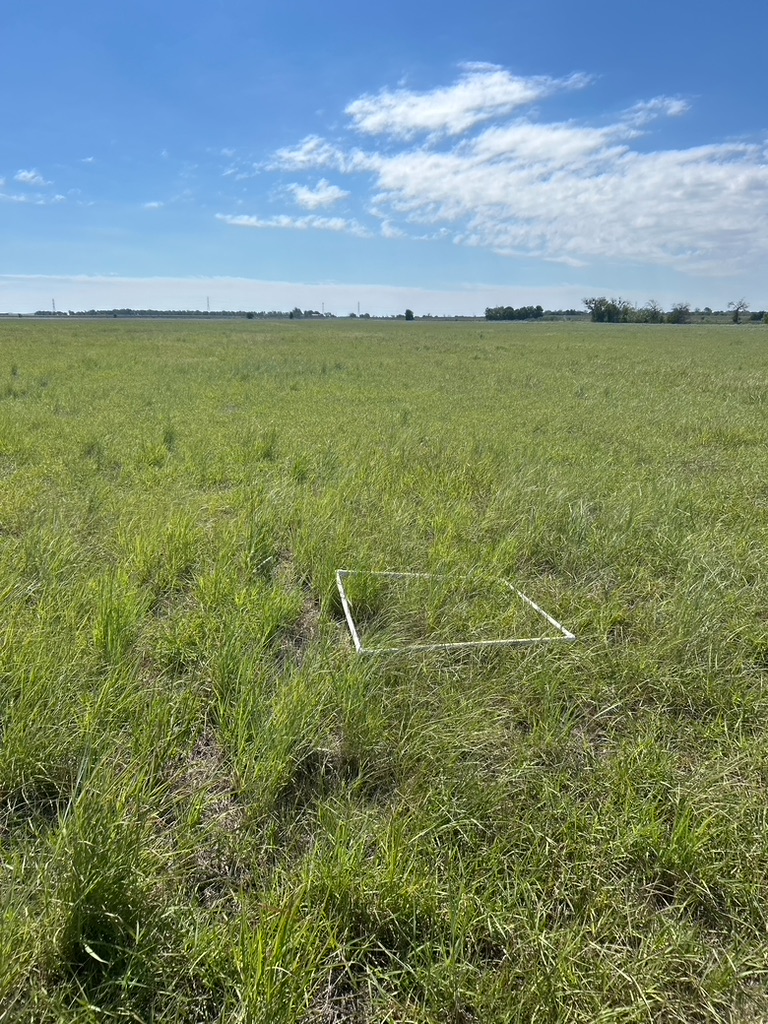
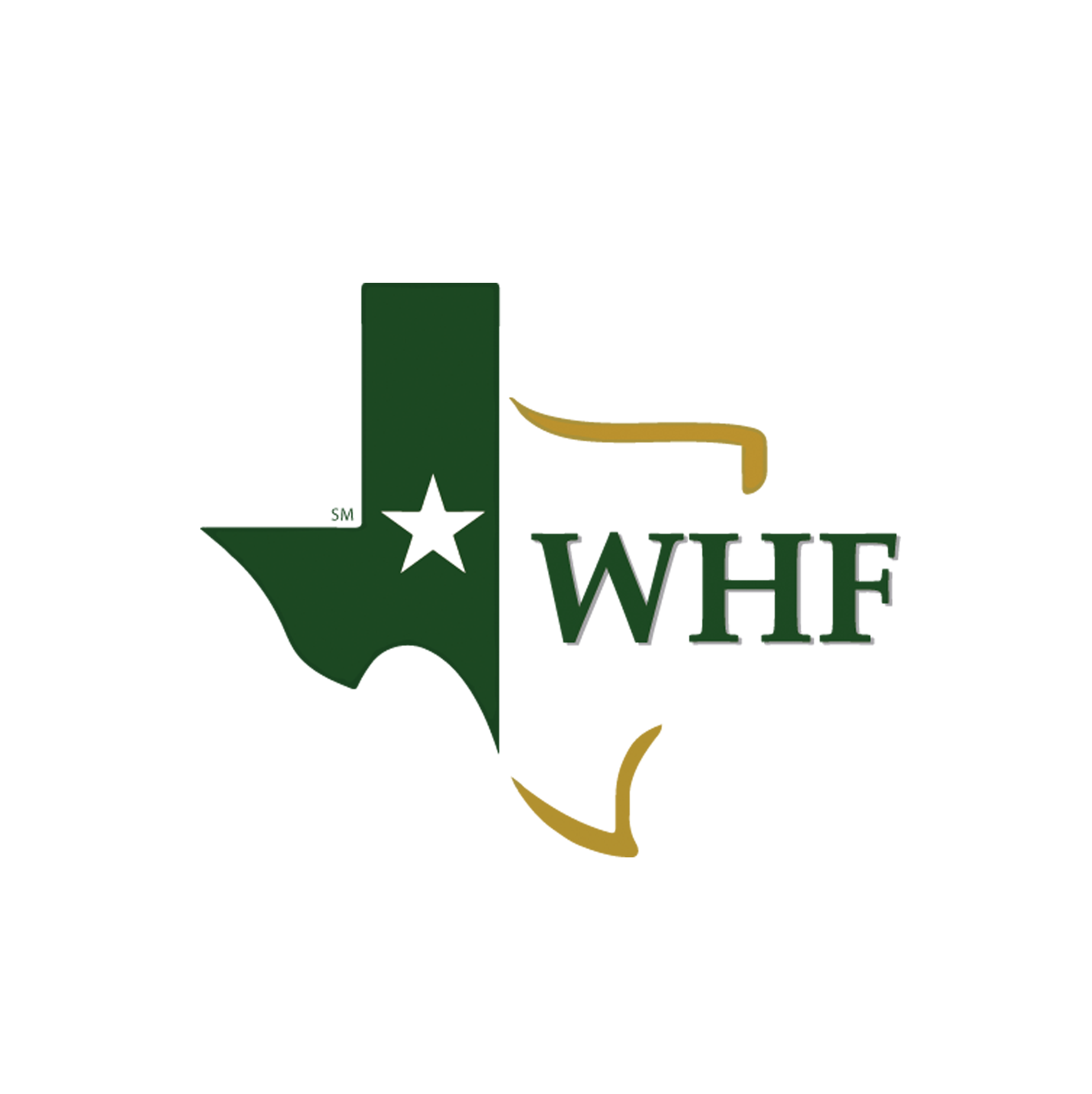


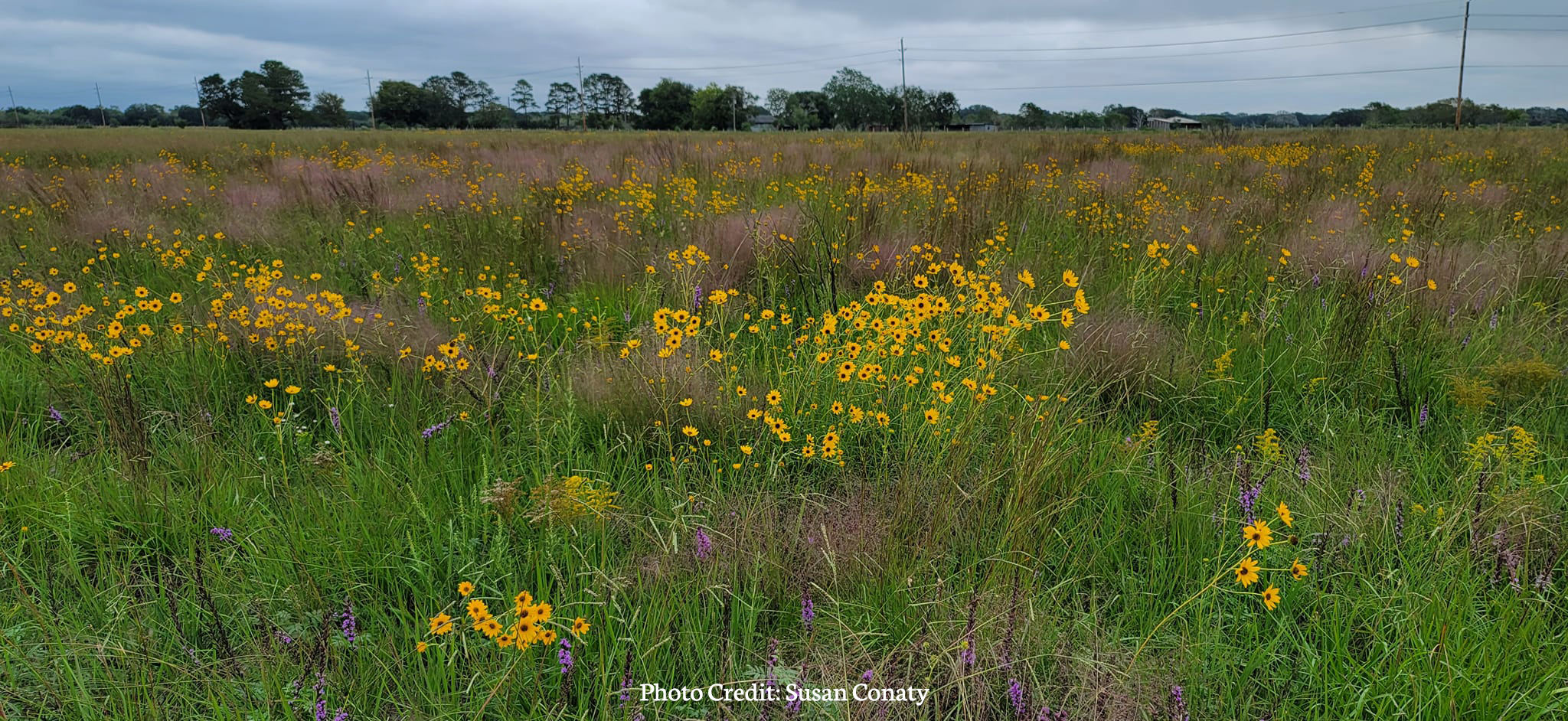


Serving Texans since 2004, WHF has provided more than $58.1M in ecosystem services to landowners and project partners.
Mission
WHF℠ provides on-the-ground restoration, management and generational sustainability of prairie habitat for the conservation of soil, water, air and wildlife.
Education & Outreach
Direct technical guidance to landowners through planned outreach at events, field days, workshops, group engagements, and on-site consultations.
Conservation Plans
Engaging land managers in the planning of conservation practices with the goal of providing measurable improvements of all natural resources present.

Implementation: Putting it on the Ground
Acres under improved management as a result of planned grazing, prescribed burning, rangeland plantings, etc.
Collaborative Alliances
Engaging with like-minded organizations to achieve common goals. Co-hosting education and outreach events with allied organizations to inform the public about land conservation practices and programs.
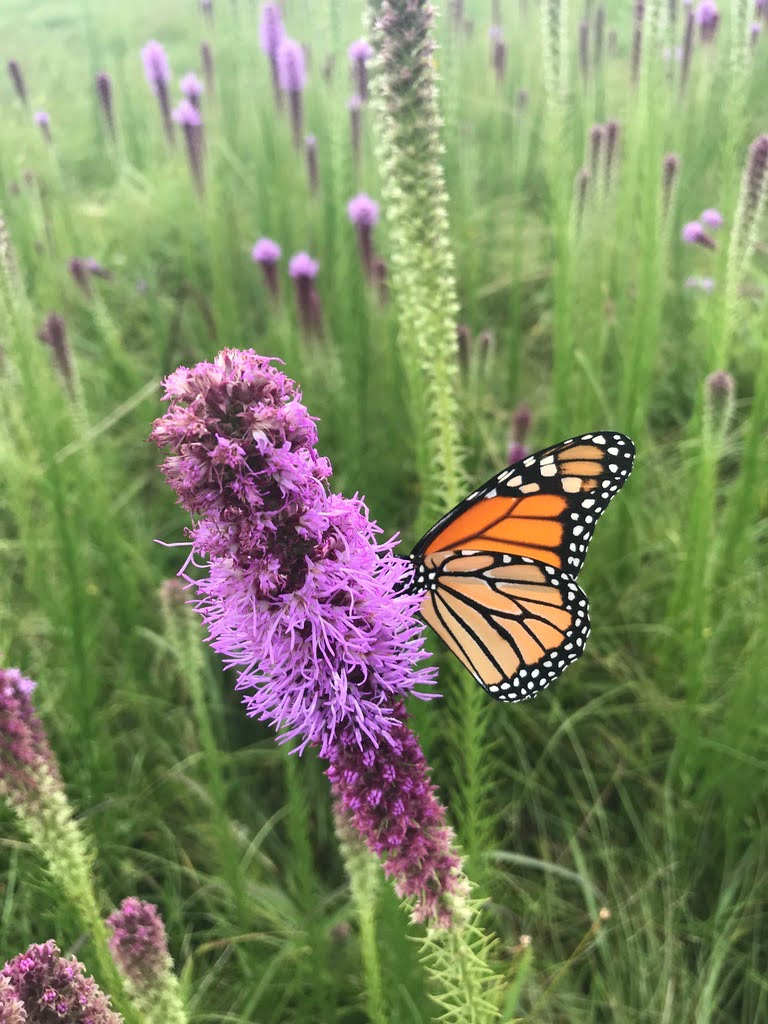
What We Do
Extreme weather events, flooding, urbanization, and agricultural conversions are all contributing to population declines for many wildlife species in our Texas grasslands.
All these populations fall due to this habitat loss, it is critical to educate the public about how certain landscapes will improve the overall health of our environment.
WHF works with landowners and like-minded conservation groups to create resilient prairie ecosystems that can consistently provide benefits and resist environmental changes. Every alliance receives a custom strategy for each site ranging from targeted treatment to full scale restoration of the site into a more natural state.
Public and Private Benefits
Water Quality
Coastal Prairies and Marsh habitats managed under improved practices significantly reduce pollution from the local environment which benefits the quality of water for freshwater aquatic species and for municipal drinking sources.
Enhancements in Biodiversity
Research has shown that there are three times as many species of birds on a large restored native grassland and wetland restoration site in northeast Texas compared to a similar unrestored parcel.
Water Quantity
Grasslands are a key component in reducing major flood events. The runoff from 20 acres of native grasslands is equivalent to runoff of one acre of paved land. 60,000 acres under improved management strategies can store up to 18 billion gallons of water over a three-year period.
Carbon Sequestration
Soil carbon sequestration is the term used to describe the process of atmospheric CO2 being absorbed by grasses and stored in their roots and the soil.
Get news and updates from WHF in your inbox including upcoming events and our current projects.
Recent News
Testimonials
The WHF team has been so valuable as the Katy Prairie Conservancy works to enhance and restore a threatened ecosystem.
Wesley Newman, Conservation Director, Katy Prairie Conservancy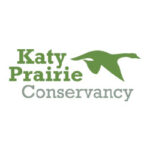
A big part of the prairie resurgence is due to WHF’s tireless, innovative, and scalable work to restore the prairies on both rural private lands and in the heart of the city.
Jaime Gonzalez, National Urban Green Director, Student Conservation Association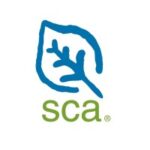
We’re very grateful you took the time to create such a beautiful report with impressive photos and lists of native plants, forbs, and trees. This is truly the best consultation we’ve had at the property and are very thankful for this assessment.
Nancy and Tayvis Dunnahoe, Landowners

